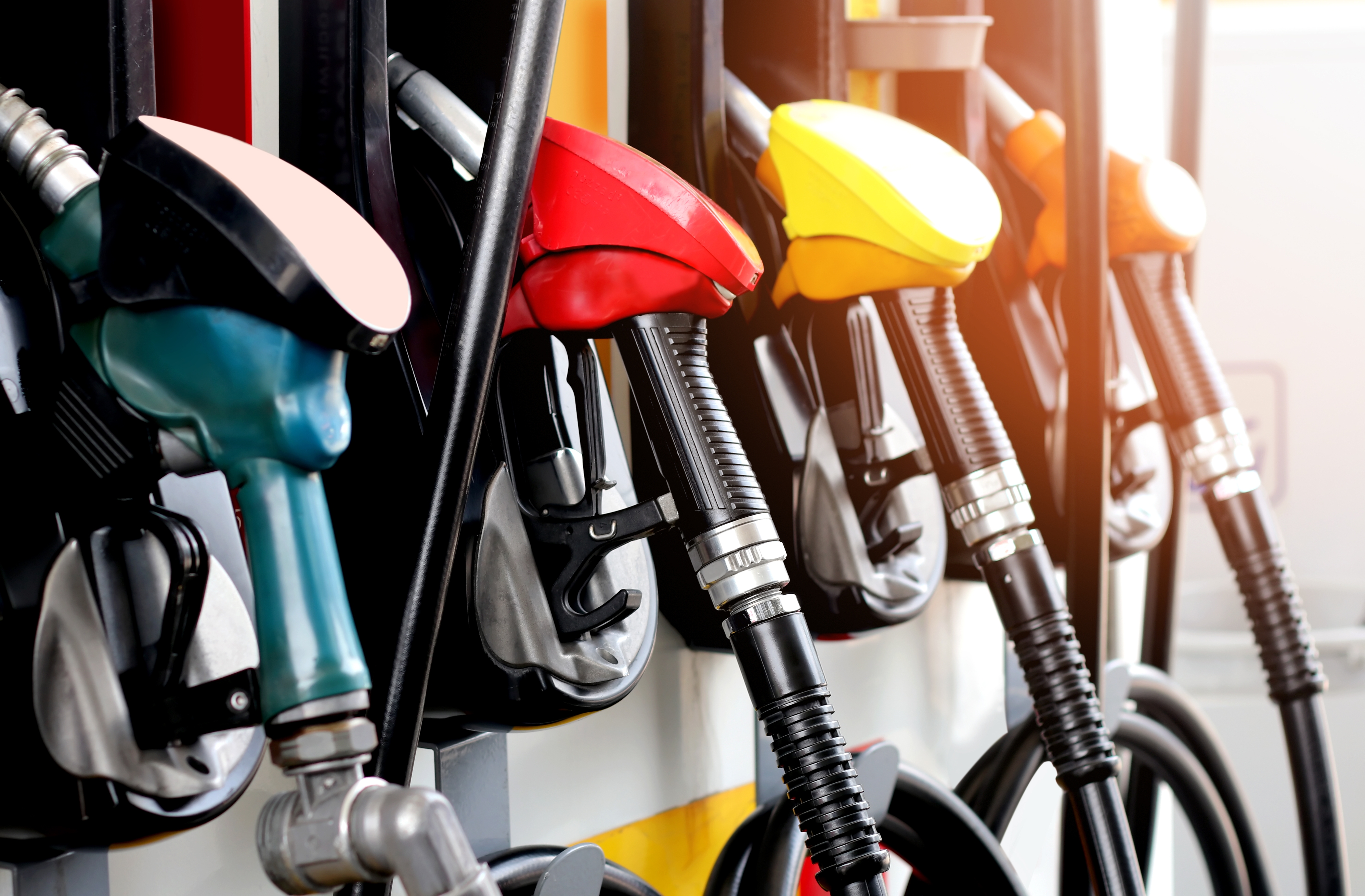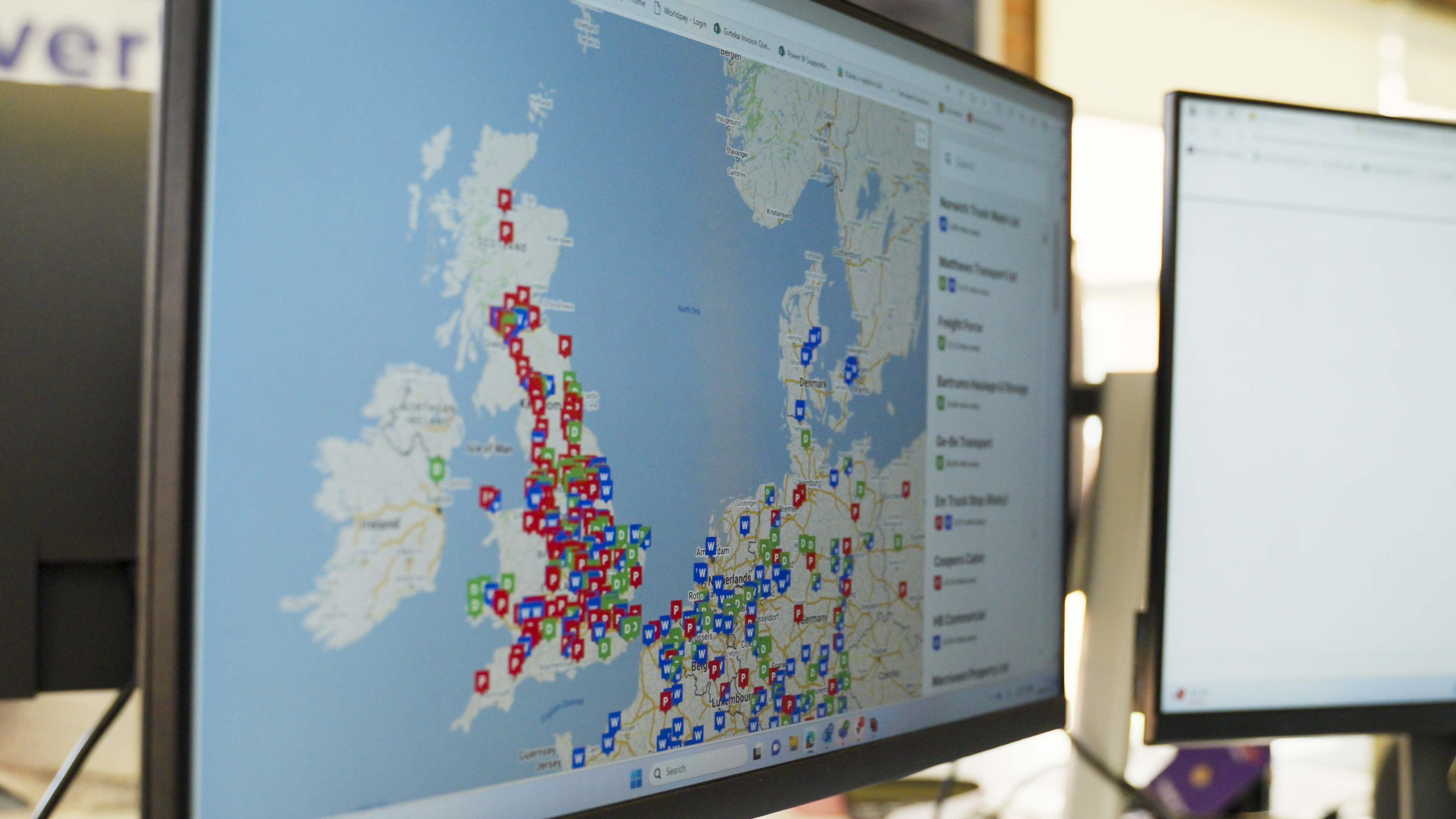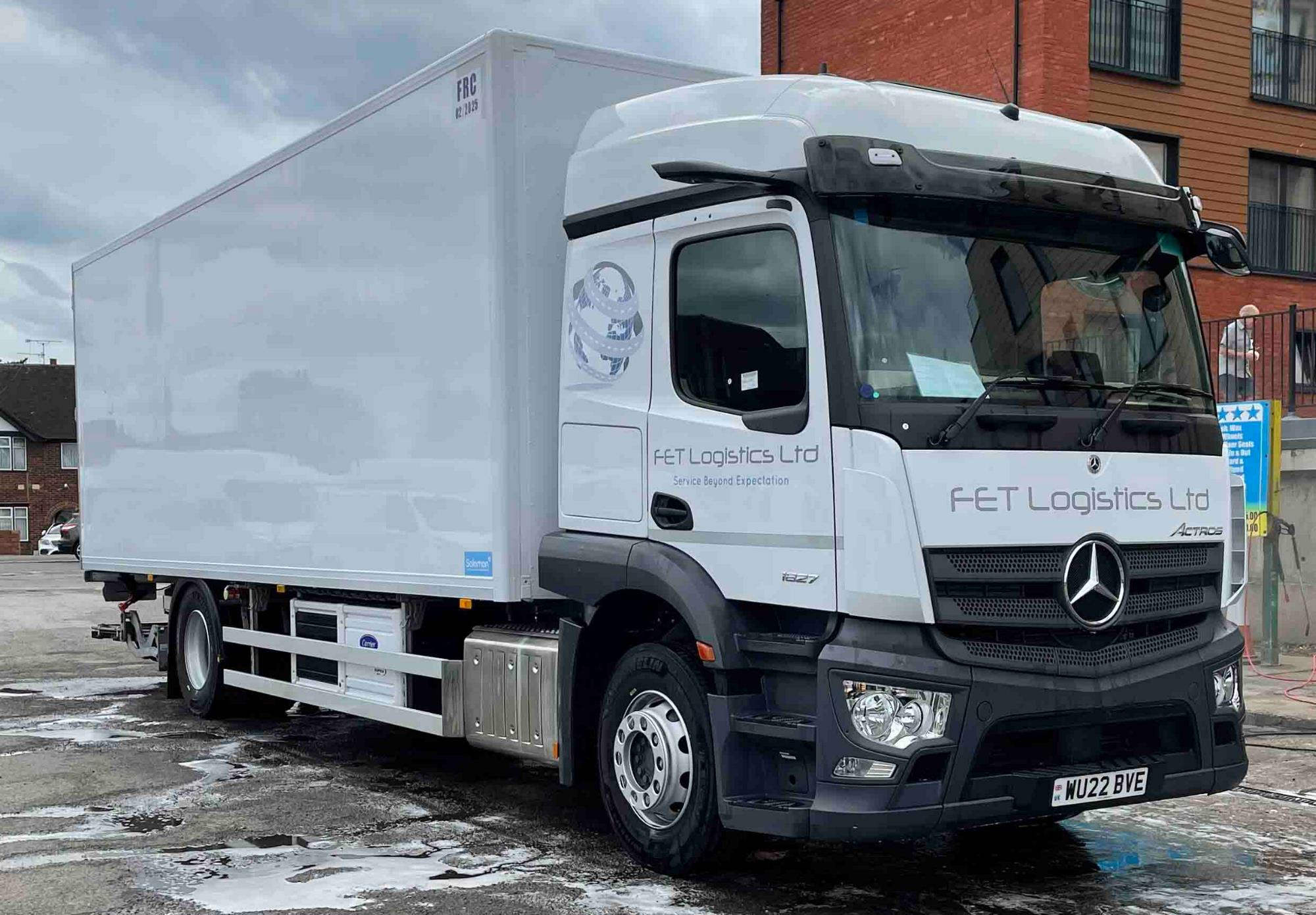
Miranda Blake
Carte carburante nei trasporti: come SNAP semplifica la vita della flotta
Creato: 20/11/2024
•
Aggiornato: 20/11/2024
La necessità di soluzioni efficienti per la gestione delle flotte non è mai stata così critica. SNAP Account rappresenta una potente alternativa alle carte carburante tradizionali, fornendo una piattaforma completa e di facile utilizzo che semplifica i pagamenti e migliora l'efficienza operativa. Risolvendo i principali problemi, come il controllo dei costi, gli oneri amministrativi e la soddisfazione dei conducenti, stiamo aprendo la strada a una nuova era nella gestione delle flotte.
Soluzione di pagamento completa
Conto SNAP è una soluzione di pagamento per flotte all-in-one che rivoluziona il modo in cui i conducenti gestiscono le varie spese. Utilizzando solo il numero di targa del veicolo, possono pagare una serie di servizi, tra cui:
- Parcheggio: L'accesso a oltre 380 parcheggi dedicati per autocarri in tutta Europa assicura che i veicoli abbiano sempre un posto sicuro e protetto dove riposare.
- Con più di 230 strutture disponibili, mantenere puliti i veicoli è un gioco da ragazzi.
- Carburante: Gli autisti possono fare rifornimento presso le stazioni partner, snellendo le operazioni.
- Pagamenti automatici dei pedaggi: i pagamenti automatici dei pedaggi eliminano la necessità di gestire i contanti.
Riduciamo in modo significativo l'onere di portare con sé più carte o contanti, poiché il nostro software consolida questi diversi pagamenti in un unico sistema.
Amministrazione semplificata
Per i gestori di flotte, i compiti associati alle carte carburante possono risultare opprimenti. Fortunatamente, il Conto SNAP semplifica questi processi in diversi modi:
- Tutte le transazioni vengono raccolte in un'unica fattura, riducendo drasticamente la documentazione cartacea e le spese amministrative.
- Questa funzione semplifica la rendicontazione fiscale e la gestione finanziaria, facendo risparmiare tempo prezioso.
- Gestione dei camion: è possibile aggiungere tutti i veicoli necessari e raggrupparli in base al tipo o alla destinazione.
L'automazione e la centralizzazione assicurano che i gestori delle flotte possano concentrarsi sulle decisioni strategiche, invece di rimanere impantanati nelle scartoffie.
Maggiore controllo dei costi
Il Conto SNAP offre potenti strumenti per ottimizzare le spese:
Limiti di spesa: I gestori della flotta possono stabilire restrizioni e autorizzare gli acquisti, assicurando che le spese rimangano nel budget. * Sconti:** Le tariffe esclusive presso la nostra stazione di rifornimento partner, Certas Energy, consentono un risparmio significativo. * A differenza dei sistemi tradizionali di carte carburante, non ci sono costi iniziali di installazione o di abbonamento, il che rende più facile l'avvio dell'attività. * Nessun costo nascosto: Eliminiamo i supplementi tipicamente imposti dalle società di carte carburante per i servizi di autogrill, garantendo la trasparenza dei prezzi.
Queste caratteristiche consentono alle aziende di gestire efficacemente le spese per il carburante e i servizi, migliorando la redditività.
Siete interessati a sapere come altri beneficiano di SNAP? Leggete il nostro caso di studio.

Benefici per il conducente
Il Conto SNAP è stato progettato pensando al conducente, offrendo numerosi vantaggi che migliorano la sua esperienza sulla strada:
- Pagamenti semplificati: dimenticatevi di dovervi destreggiare tra più carte o contanti. La semplicità di utilizzare solo la targa del veicolo per le transazioni cambia le carte in tavola. Rete capillare: Con l'accesso a oltre 600 partner di servizio in tutta Europa, possono trovare facilmente i servizi di cui hanno bisogno.
- L'applicazione intruck consente di prenotare facilmente i posti auto per i camion, assicurando agli autisti la possibilità di assicurarsi il posto in anticipo.
Semplificando la vita sulla strada, miglioriamo l'efficienza della flotta e aumentiamo la soddisfazione dei conducenti, rendendoci la scelta preferita di molti operatori.
Sicurezza e prevenzione delle frodi
In un settore in cui la sicurezza è fondamentale, SNAP Account incorpora diverse funzioni robuste per proteggere i beni della flotta:
Targhe registrate: Ogni transazione si basa su una targa registrata, il che garantisce che solo il personale e i veicoli autorizzati possano effettuare i pagamenti. Controllo delle spese: I manager possono stabilire dei limiti, riducendo il rischio di abusi. * Opzioni di parcheggio sicure:** Molte sedi partner offrono funzioni di sicurezza avanzate, garantendo la tranquillità dei conducenti.
Queste misure contribuiscono a creare un ambiente sicuro per le operazioni della flotta, salvaguardando sia i veicoli che le finanze.
L'evoluzione delle carte carburante
Le carte carburante sono state per anni una pietra miliare della gestione delle flotte, ma le carte carburante tradizionali sono spesso caratterizzate da commissioni nascoste, opzioni di servizio limitate e processi amministrativi macchinosi. Al contrario, SNAP Fuel affronta queste carenze offrendo una soluzione moderna e completa che soddisfa le esigenze della gestione contemporanea delle flotte.
Differenze chiave tra SNAP e carte carburante standard

Testimonianze dei clienti
Vi state chiedendo come altri hanno beneficiato del Conto SNAP? Ecco cosa hanno da dire alcuni operatori di flotte:
Fenwick Haulage: "SNAP ha trasformato le nostre operazioni. Non abbiamo più problemi con le ricevute; i nostri autisti usano semplicemente la loro registrazione. È una cosa che cambia le carte in tavola". * L Cunningham & Daughter Haulage: "La flessibilità offerta da SNAP è stata inestimabile. I nostri autisti possono parcheggiare senza preoccuparsi dei pagamenti anticipati e la fatturazione è senza problemi". Wincanton: "La facilità d'uso è impareggiabile. I nostri autisti possono prenotare il parcheggio e pagare senza bisogno di contanti o carte, rendendo il loro lavoro molto più semplice." * Jack Richards: "SNAP ha migliorato la nostra efficienza e ridotto i costi in modo significativo. È uno strumento essenziale per la nostra flotta".
Se desiderate raccogliere i frutti per le vostre flotte, contattate il numero +44 (0)1603 777242.



